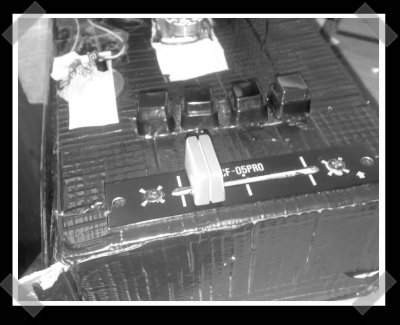[youtube=http://www.youtube.com/watch?v=3z6a3oxKDiQ]
This year at the creepy robot dace-a-thon, also known as the Robo-one dance competition, we get to see the creepy brought to new levels. We thought the Lou Vega decapitated head bot was creepy, but somehow these people managed to make a biped out creep a hexapod. Watch above as this uncanny valley resident tries to shimmy into your heart. We really are impressed by these bots though. The world of robot dancing has come a long way, those little servo bags are doing a better job than us on the dance floor.













